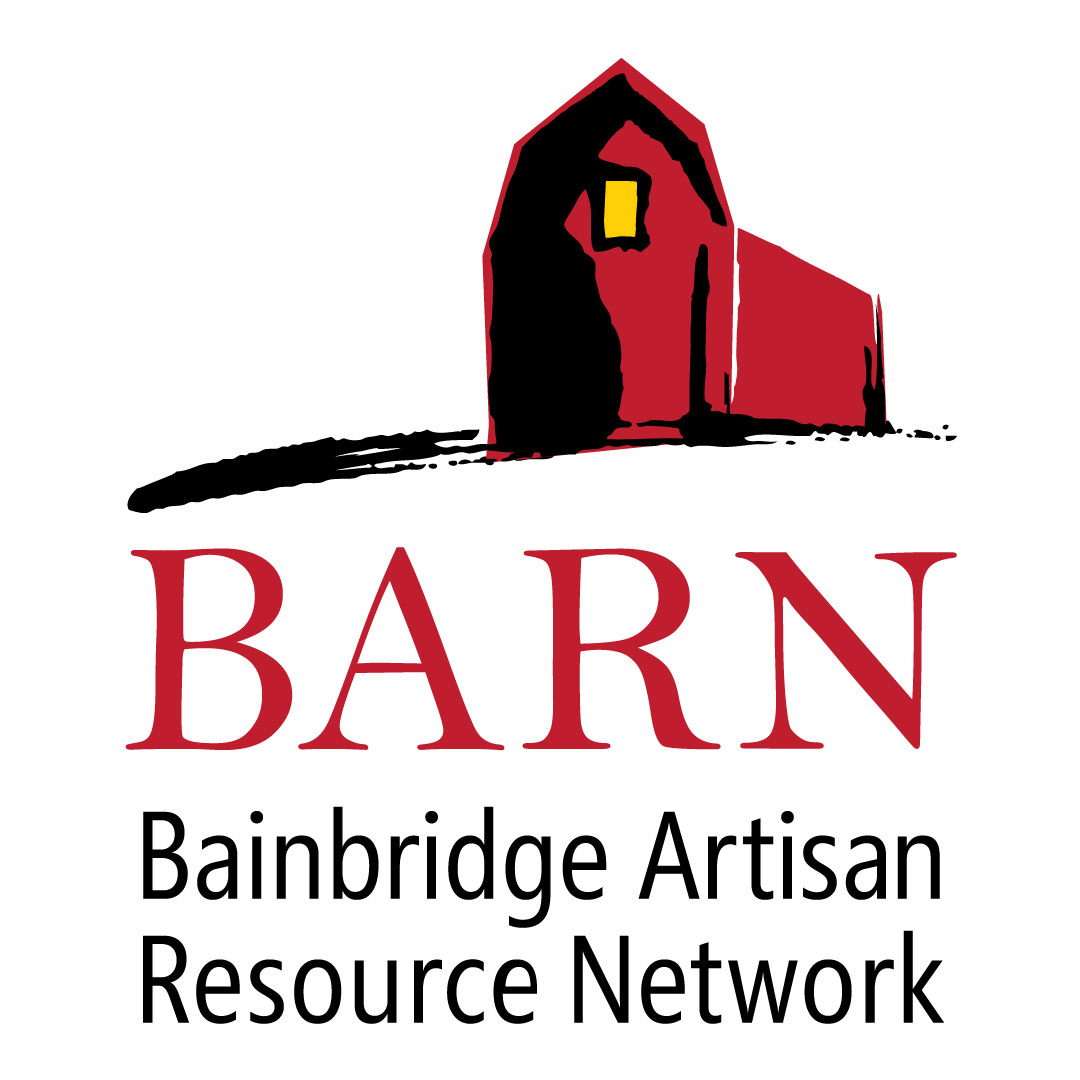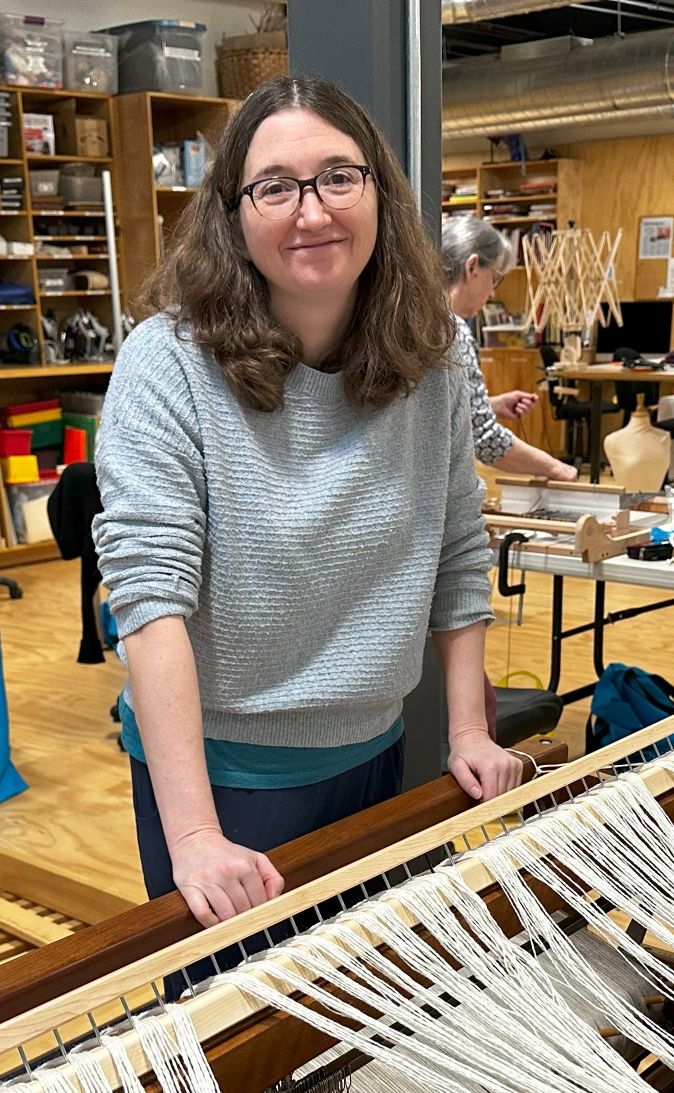
Fiber Arts
Weaving Skill-Building
Learn the skills you need to use the floor loom.
Tuition Assistance and Other Policies
Meeting Times
- Sat, 11/2/2024 4:00 PM - 6:00 PM
- Sun, 11/3/2024 3:00 PM - 5:00 PM
Sat, 11/2/2024 - Sun, 11/3/2024
Closed
About
To use a floor loom, you need to learn how to set up the loom and warp it, how to manipulate the threads and patterns depending on your project, and how to maintain consistent tension throughout the process. Learn those skills, along with problem-solving and project planning, and you can move from simple projects to more complex creations.
BARN Policies
- View BARN's Cancellation and Refund Policy.
- Tuition Assistance is available. Fill out the application before registering.
- BARN is committed to accessibility. We try to make accommodations when requested; the earlier you contact us, the more likely we can help. Fill out the Accommodation Request Form before any class for which you require an accommodation. Email accessibility@bainbridgebarn.org if you have any questions.
- Sensory Statement: Makerspaces like BARN can be noisy and cluttered, smell strongly, and have bright or flickering lights. BARN is not an allergen-free facility. If you have concerns, please email info@bainbridgebarn.org.
Instructors or Guides
Alison Waller
She has taken classes with many local and nationally recognized weavers at BARN, developing her skills as a weaver and a teacher. She’s now delighted to serve as the weaving coordinator in the Fiber Arts Studio, where she also teaches rigid heddle and floor loom classes.


Follow Us